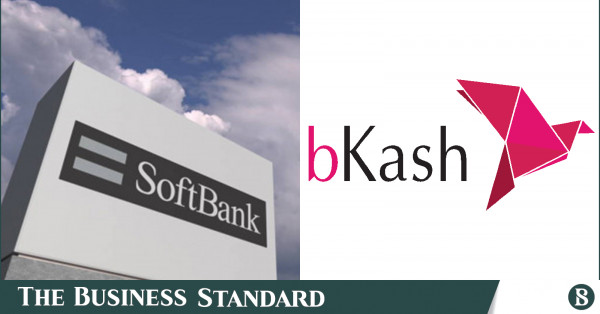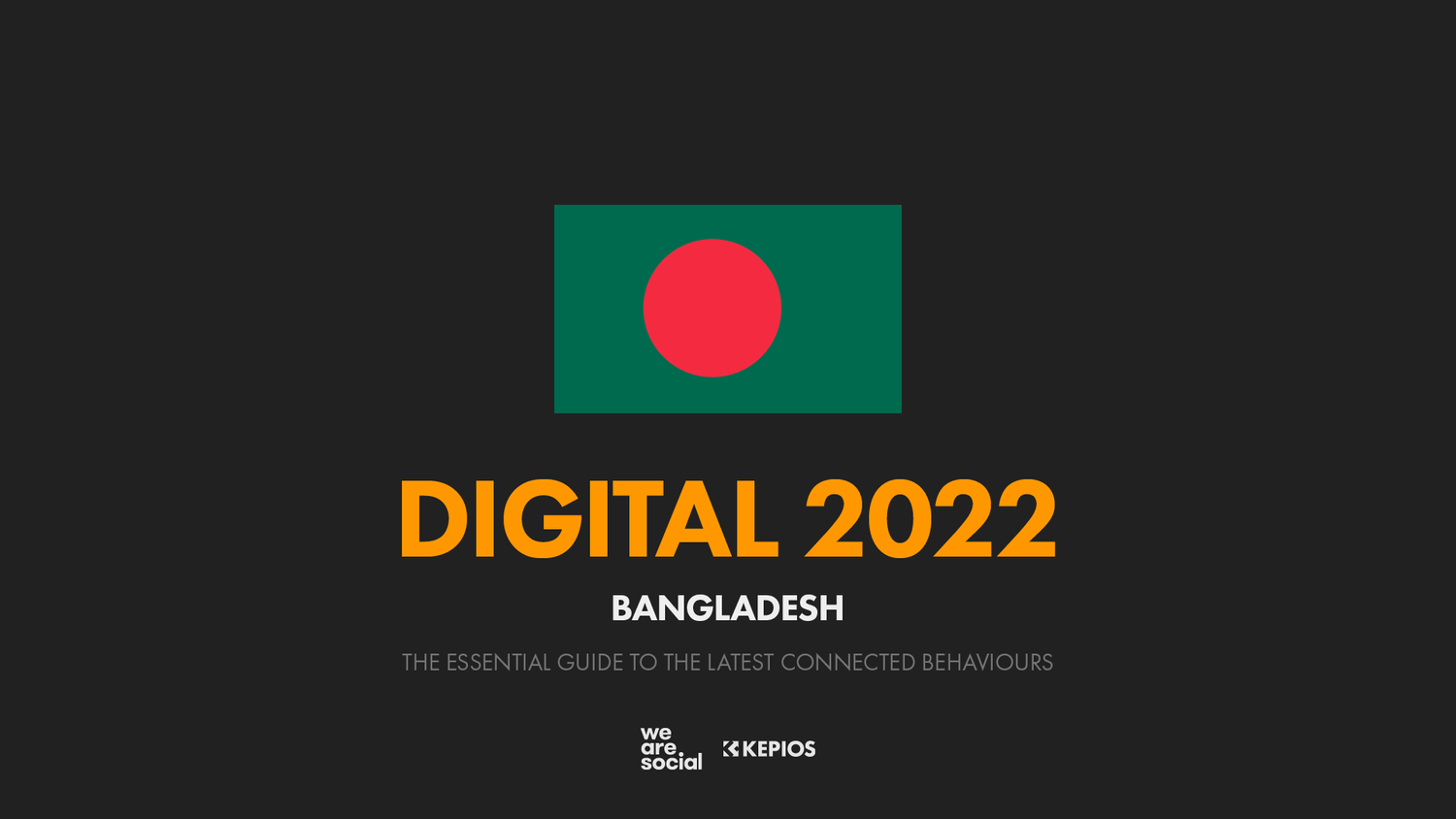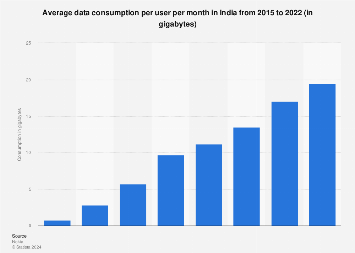CallSignMaverick
SENIOR MEMBER

- Joined
- Mar 12, 2023
- Messages
- 2,252
- Reaction score
- 1
- Country
- Location
These guys are sniffing something real bad, but then these might be estimates by BBS so...Each unicorn to create one lakh jobs
Follow along with the video below to see how to install our site as a web app on your home screen.
Note: This feature may not be available in some browsers.

These guys are sniffing something real bad, but then these might be estimates by BBS so...Each unicorn to create one lakh jobs

Bkash, Nogod etc can become billion dollar company the way they are progressing.

Very informative post. Thanx.Why do you hope for that?
Mudra loans, or Micro Units Development and Refinance Agency Ltd. (MUDRA) loans, are a type of financing provided by various banks in India to micro and small enterprises. They were introduced by the Indian government in 2015 under the Pradhan Mantri Mudra Yojana (PMMY) scheme.
Here are some key points about Mudra loans:
Purpose: The main aim of Mudra loans is to provide funding to the non-corporate, non-farm sector income generating activities of micro and small enterprises, whose credit needs are below ₹10 Lakh.
Categories: Mudra loans are divided into three categories based on the stage of growth or funding needs of the beneficiary micro unit or entrepreneur:
- Shishu: Loans up to ₹50,000
- Kishore: Loans from ₹50,001 to ₹5 lakh
- Tarun: Loans from ₹5,00,001 to ₹10 lakh
Eligibility: Any Indian Citizen who has a business plan for a non-farm sector income generating activity such as manufacturing, processing, trading or service sector and whose credit need is less than ₹10 lakh can approach either a Bank, MFI, or NBFC for availing of MUDRA loans under PMMY.
Collateral: One of the significant features of Mudra loans is that they do not require any collateral or security. This makes it easier for small businesses and startups to secure funding.
Usage: The funds from a Mudra loan can be used for a variety of purposes, including business expansion, purchasing raw materials, acquiring machinery or equipment, and even working capital requirements.
Interest Rates: The interest rates on Mudra loans are determined by the lending institution, based on the guidelines set by the Reserve Bank of India (RBI) and the Mudra Ltd. They are typically lower than the rates on traditional business loans.
Repayment: The repayment period for Mudra loans can extend up to 5 years, depending on the discretion of the lending institution.
Women Entrepreneurs: A significant portion of Mudra loans is directed towards women entrepreneurs, promoting women's empowerment and financial inclusion.
Here are some key statistics about Mudra loans in India:
Mudra loans hit a record Rs 4.46 lakh crore in FY23, with a 14% increase in the number of loans sanctioned. The growth in disbursement surpassed the growth in the amount sanctioned [source]
In FY2021, over 40 million accounts under the Pradhan Mantri Mudra Yojana (PMMY) scheme were sanctioned loans [source]
About 28% of the loans sanctioned under the PMMY scheme in FY2021 were in the southern region of India [source].
Over 40.82 crore loans amounting to ₹23.2 trillion have been sanctioned under the PMMY scheme in the last 8 years [source].
About 68% of accounts under the scheme belong to women [source]
The Non-Performing Assets (NPAs) of Mudra loans are at just 3.3% in 7 years [source]

Bangladeshi startups secured USD 35.58 million through 17 deals in Q1 2023, primarily spurred by small ticket funding from local investors.
The majority of this funding came from ShopUp, a startup that received USD 30 million from the UK-based financial institution, Lendable, and the local financial institution, the City Bank.
Excluding the ShopUp deal, investments from domestic sources made up 73% of the total investment volume. 11 out of 17 deals were led by local investors, and locally raised investments averaged USD 166K.
Venture capital firms led 11 out of 17 startup deals, making up 73% of total deals in this quarter. Moreover, 73% of all deals in Q1 were in the early-stage rounds of startups (grant, pre-seed, and seed stages).
Funding was funneled to 17 startups from 10 different industries. The top three leading industries were financial services, sports & entertainment, and education.
As for the likelihood of Bangladeshi startups becoming unicorns (startups valued at over $1 billion), it's difficult to predict with present investment levels. Foreign venture capitalists don't see much potential in the market, same as they don't see much potential in the companies listed in DSE. Please argue with facts and stats.
The time frame you specified above is based on what?Bangladesh will do so in three years time.

The time frame you specified above is based on what?

They already are.Bkash, Nogod etc can become billion dollar company the way they are progressing.
Which trend? This?Based on trend for broadband and smart phone adoption.
If BD maintains the current trend it will reach saturation point in three years.

The average data consumption per user per month in Bangladesh in 2021 was approximately 2.46 GB.Smart phone and data usage trends.


Collateral-free loans will definitely be a game changer for the banking industry. I hope we are the first nation to offer such facility in South Asia.

The average data consumption per user per month in Bangladesh in 2021 was approximately 2.46 GB.

Digital 2022: Bangladesh — DataReportal – Global Digital Insights
All the data, insights, and trends you need to help you make sense of the “state of digital” in Bangladesh in 2022, including detailed statistics for internet use, social media use, and mobile use, as well as user numbers for all the top social platforms.datareportal.com
In India, the average data consumption per user per month in 2022 was around 19.5 GB.

India: average data consumption per user per month 2023| Statista
As of 2023, the average data consumption per user per month in India was at 24.1 gigabytes.www.statista.com
This shows a significant difference in data usage between the two countries, with India's average data consumption per user per month being much higher than that of Bangladesh. Bangladesh has a long way to go.
